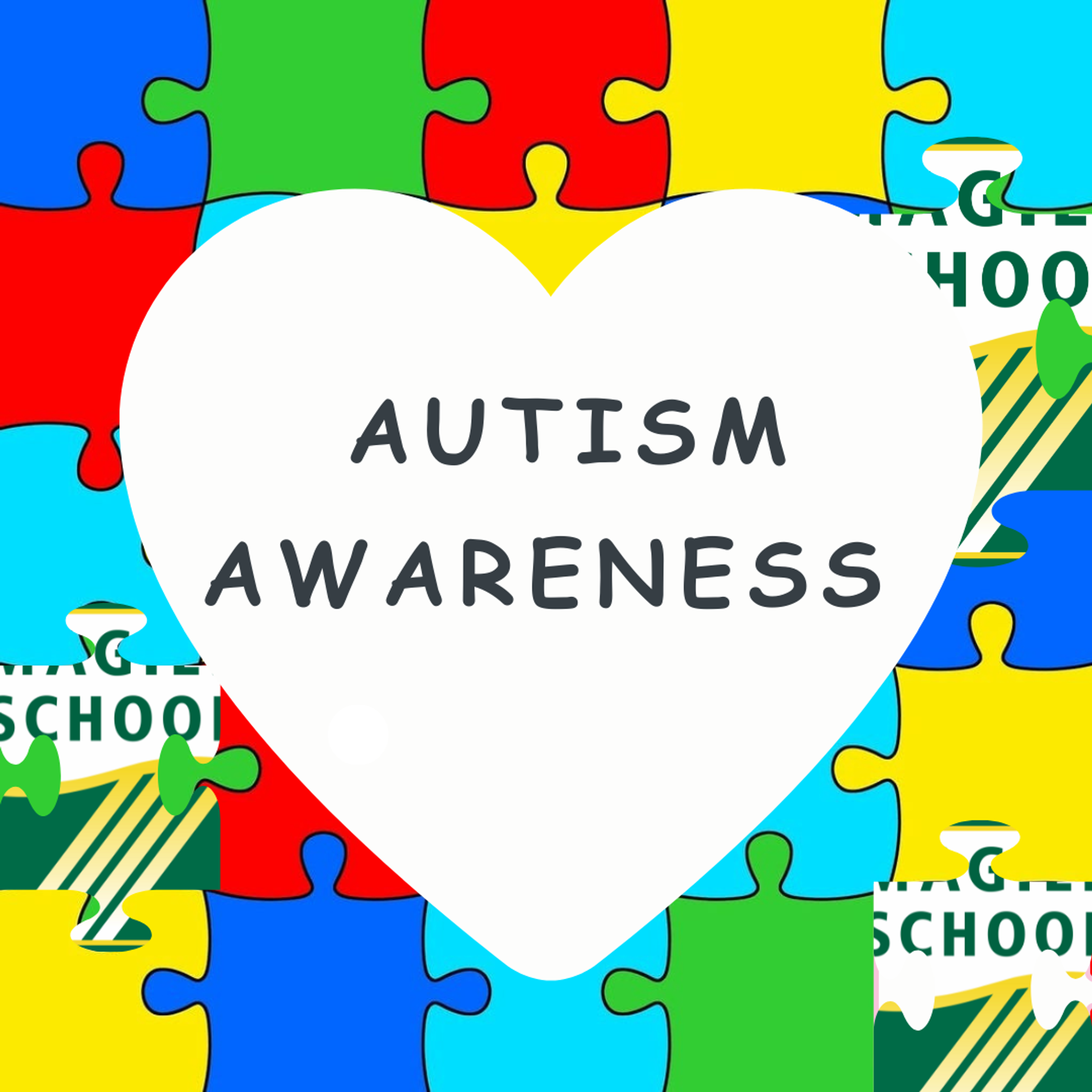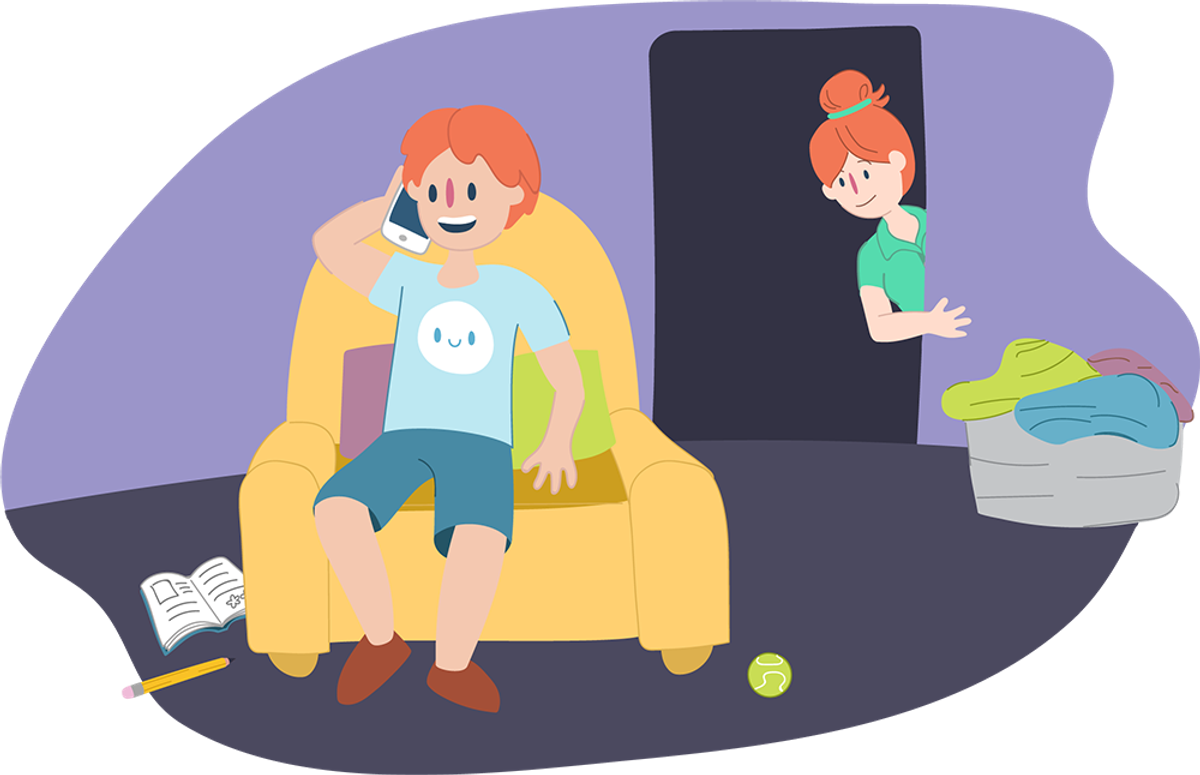Autism at Magill School

Understanding Anxiety in Autistic Children
Anxiety is something many children experience from time to time. But for autistic children, anxiety can be more frequent, intense, and difficult to manage. As a parent, you might wonder what anxiety could look like in your child and how to help them feel less anxious.
Why Anxiety Is So Common in Autism
Studies suggest that up to 40–50% of autistic individuals also experience clinically significant anxiety. There are a few key reasons why anxiety is more common among autistic children:
Sensory sensitivity: Overwhelming sounds, lights, or crowds can create anxiety triggers.
Social uncertainty: Navigating social rules and expectations can be a confusing and stressful experience.
Need for routine: Unexpected changes or transitions can cause distress and anxiety.
Communication differences: Difficulty expressing emotions can lead to frustration and internalised stress.
What Anxiety Might Look Like
Anxiety doesn’t always show up as worry or fear in autistic children. Instead, you might see:
Increased meltdowns or shutdowns
Avoidance of certain places, people, or activities
Changes in eating or sleeping patterns
Repetitive behaviours are increasing in frequency
Physical symptoms like stomach aches or headaches
Withdrawal or “freezing” in social or new situations
These signs may be your child’s way of signalling that something feels unsafe or overwhelming.
How Parents Can Help
Supporting an autistic child with anxiety starts with empathy and understanding. Here are a few strategies that can make a difference:
Create Predictability: Use visual schedules, timers, or social stories to prepare your child for what’s coming next — especially transitions or changes.
Identify Triggers: Observe when your child becomes anxious. Is it loud noise? Unstructured time? New people? Keeping a simple anxiety journal can help you find patterns.
Teach Coping Tools: Practice simple strategies like deep breathing, using a comfort item, or retreating to a calm space. These tools work best when taught during calm moments.
Validate Feelings: Let your child know it’s okay to feel anxious. Phrases like, “I see this is hard for you right now”, or “it makes sense you’re feeling worried”, can be comforting.
Seek Professional Support: A psychologist, occupational therapist, or counsellor with experience in autism can provide individualised strategies and support — and may help your child build long-term resilience.
These are just some of the ways you can support your child to cope with anxiety and help them to build resilience. As we approach the end of another school year, many children, not just autistic children, may begin to show signs of anxiety. Putting some of these strategies in place can help as they start to feel more tired and worried about upcoming changes. You are your child’s greatest advocate, and your care and patience can make a lasting impact.
With Kindness,
Lisa Williams
KidsHelpline: 1800 551 800
Beyond Blue: 1300 224 636
Lifeline: 13 11 14







